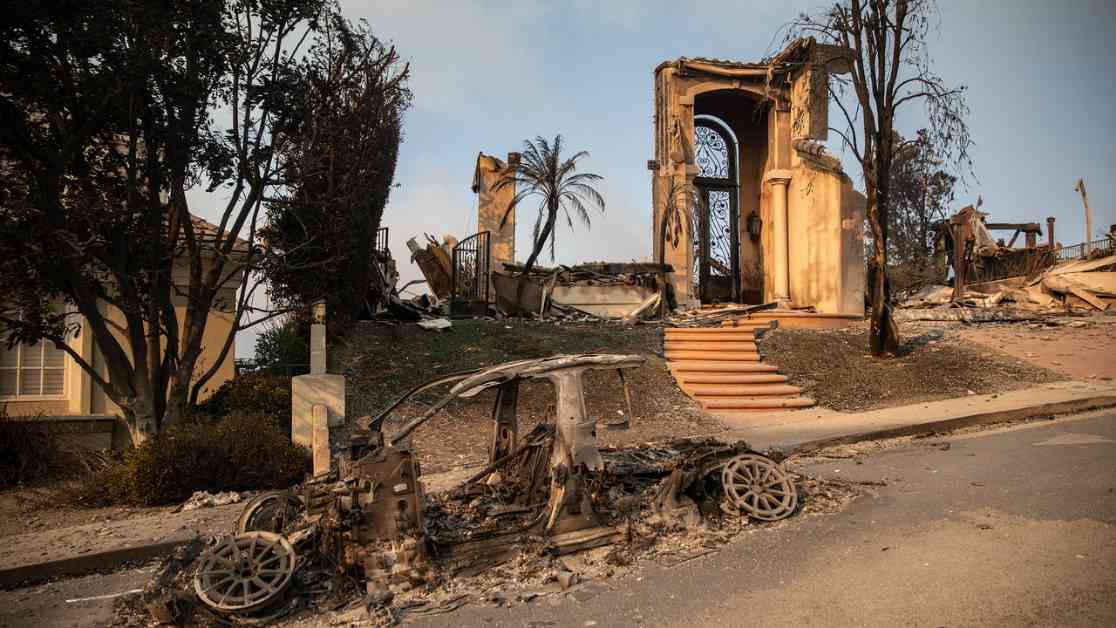## Navigating Insurance Challenges After California Wildfires
California is facing a daunting insurance crisis in the aftermath of multiple devastating wildfires. Last week, on the day before New Year’s Eve, California’s insurance commissioner, Ricardo Lara, announced a new regulation aimed at improving access to coverage. The rule was intended to address the challenges California homeowners were currently facing and build a more resilient insurance market for the future. However, with the recent outbreak of fires, including the Palisades Fire, Eaton Fire, Hurst Fire, Lidia Fire, and Sunset Fire, causing damages estimated at up to a hundred and fifty billion dollars, the future of California’s insurance market is looking uncertain.
### Years in the Making
The so-called California “insurance crisis” has been brewing for years. The devastating Camp Fire near Chico in 2018 caused billions of dollars in damage and resulted in a net loss for insurance companies that had provided coverage that year. Subsequently, the number of homeowners’ policies not renewed in California jumped by over thirty percent in 2019. Giant insurers like State Farm and Allstate announced they would stop writing new policies for various property insurance forms in California due to inflation and growing catastrophe exposure.
### Growing Catastrophe Exposure
Several factors have contributed to the growing catastrophe exposure in California. The influx of people into wildfire-prone areas, coupled with more destructive fires due to climate change, has exacerbated the situation. Studies have shown a significant increase in the area consumed by wildfires in central and northern California, primarily due to warming temperatures. Rising temperatures have led to more fire weather days throughout California, particularly in the desert basin east of L.A.
### Insurance Market Challenges
The California insurance department’s rules have made it challenging for insurance companies to forecast or recover the increasing costs of weather-related disasters. Until recently, companies were limited to using historical data to predict losses from wildfires. Additionally, insurers were unable to pass on the rising costs of reinsurance, further straining the market.
### Looking Ahead
The changes in regulations requiring insurers to write more policies for homeowners in wildfire-prone areas have sparked mixed reactions. While some consumer advocates criticize the deal as favorable to the industry, others hope it will improve coverage access. With California’s Fair Access to Insurance Requirements (FAIR) plan experiencing a surge in policies written, concerns about potential insolvency loom large.
As California grapples with the aftermath of wildfires and insurance challenges, the role of insurance in a changing climate remains a critical question. The FAIR plan has provided relief for homeowners in high-risk areas but may burden other residents if costs escalate. The future of California’s insurance market hangs in the balance as stakeholders navigate these tumultuous times.












